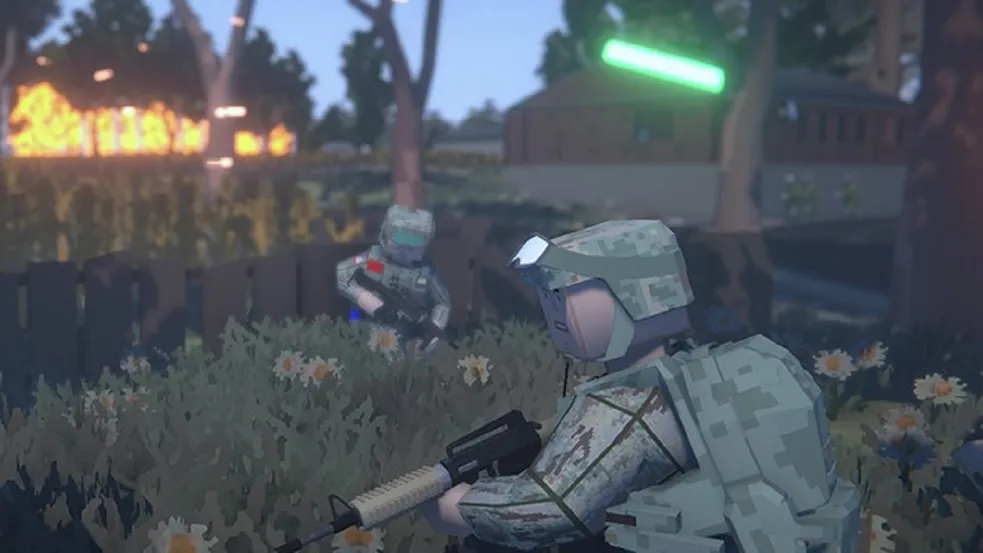Last week an FPS named BattleBit took Steam by storm. Rolblox-looking, made by three people, and less than 15$, BattleBit proves more than worth it. What is BattleBit? BattleBit Remastered is a modern warfare shooter game that has quickly gained popularity since its launch on June 15th. If you’re a fan of Battlefield-style games with […]

